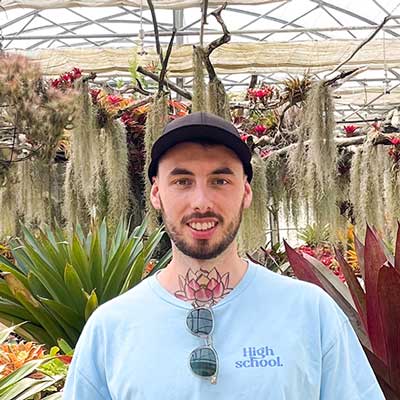Introduction
You can find planter pots available both with and without drainage holes, and although both can be used, we recommend plant pots with drainage holes as the better choice. Here are three reasons why:
Prevents nutrient build-up
Yes, there is such a thing as too much fertiliser. Excess salts and fertilisers can build up in the soil without adequate drainage and, if left for too long, can become toxic to the plant. Drainage ensures that anything excess has a means of being washed away when you water it. Too much salt or fertiliser and the leaves of your plant may turn brown or yellow and stunt its growth.
Reduces root rot
Another big problem with plant pots that don’t have drainage is root rot. Most plants, including indoor plants, don’t like to have their roots and soil constantly wet. Too much water stops oxygen from entering the roots and alters nutrient exchange. Over time, this excess water can lead to root rot, a condition were the roots are damaged and cannot function properly. If you notice yellowing leaves, wilting, and leaf drop, you may have root rot. Plants sensitive to overwatering include chain of hearts, string of pearls, and succulents.
Reduces risk of microbial growth
Bacteria and fungi love damp environments, making overwatered plants the perfect place to grow. Although many microbes are harmless, some can damage your plant or even be toxic for you to breathe. Planter pots with drainage ensure that the soil is kept at a moisture level that reduces the chance of microbial growth and, therefore, a healthier plant.
Take home
Plant pots with drainage holes are the best option for direct planting as it keeps your plant as healthy as possible. If you want to use a planter pot without holes, then make sure to manually drain away any excess water or place another smaller pot with holes inside it and drain away any water left at the bottom.



